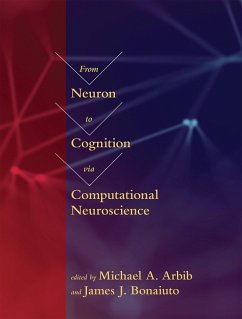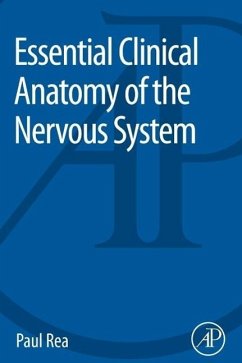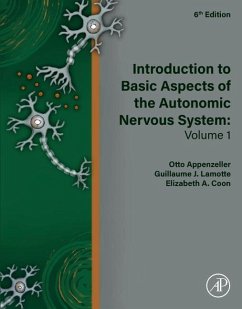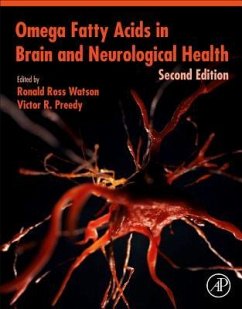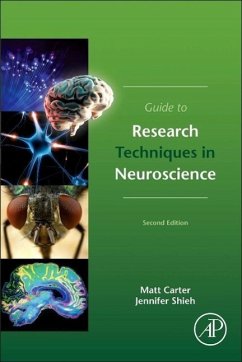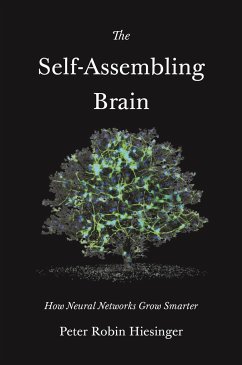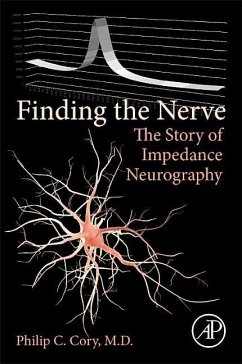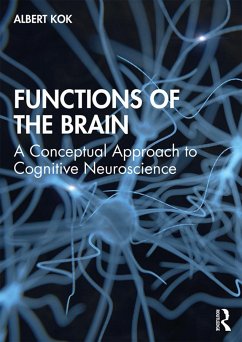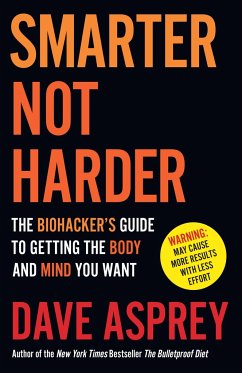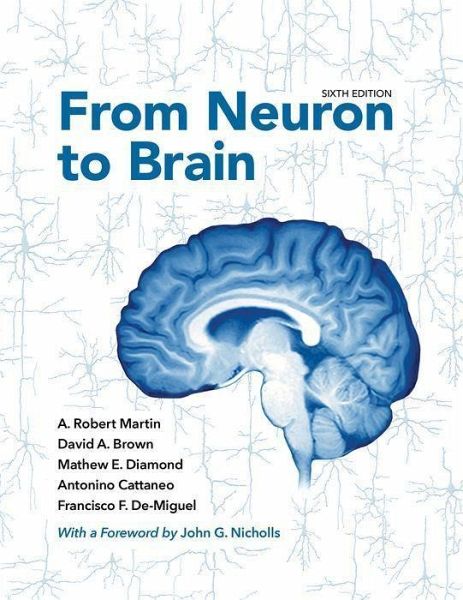
From Neuron to Brain
Versandkostenfrei!
Versandfertig in 2-4 Wochen

PAYBACK Punkte
115 °P sammeln!




Previous edition cataloged under: Nicholls, John G.
A. Robert Martin is Professor Emeritus in the Department of Physiology at the University of Colorado School of Medicine. David A. Brown is Professor of Pharmacology in the Department of Neuroscience, Physiology, and Pharmacology at University College London. Mathew E. Diamond is Professor of Cognitive Neuroscience at the International School for Advanced Studies in Trieste (SISSA). Antonio Cattaneo is Professor of Physiology at the Scuola Normale Superiore in Pisa. Francisco F. De-Miguel is Professor of Neuroscience at the Instituto de Fisiología Celular-Neurociencias of the Universidad Nacional Autónoma de Mexico (UNAM).
Produktdetails
- Verlag: Oxford University Press Inc
- 6 Revised edition
- Seitenzahl: 912
- Erscheinungstermin: 15. März 2021
- Englisch
- Abmessung: 287mm x 227mm x 40mm
- Gewicht: 2172g
- ISBN-13: 9781605354392
- ISBN-10: 1605354392
- Artikelnr.: 67322935
Herstellerkennzeichnung
Libri GmbH
Europaallee 1
36244 Bad Hersfeld
gpsr@libri.de
Für dieses Produkt wurde noch keine Bewertung abgegeben. Wir würden uns sehr freuen, wenn du die erste Bewertung schreibst!
Eine Bewertung schreiben
Eine Bewertung schreiben
Andere Kunden interessierten sich für


